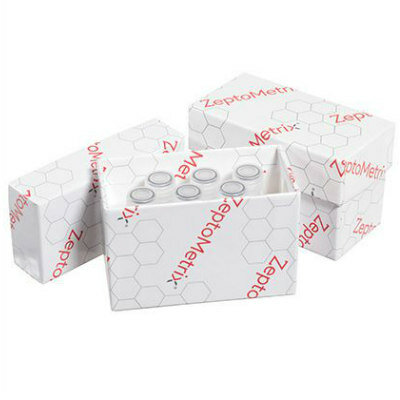Newly Described Molecular Pathway Regulates Wound Healing
By LabMedica International staff writers
Posted on 08 Oct 2012
A recent paper traced a molecular pathway dependent on the activity of the TRPC6 (transient receptor potential cation channel, subfamily C, member 6) protein that following injury regulates the differentiation of fibroblasts into myofibroblasts, contractile cells that secrete extracellular matrix (ECM) for wound healing and tissue remodeling.Posted on 08 Oct 2012
The protein encoded by the TRPC6 gene forms a receptor-activated calcium channel in the cell membrane. The channel is activated by diacylglycerol and is thought to be under the control of a phosphatidylinositol second messenger system. Activation of this channel occurs independently of protein kinase C and is not triggered by low levels of intracellular calcium.
Investigators at Cincinnati Children's Hospital Medical Center (OH, USA) employed a genome-wide screen, which revealed that overexpression of TRPC6 led to uncontrolled production of ECM. An excess of ECM could cause severe scarring or development of fibrosis.
Their study, which was published in the September 27, 2012, online edition of the journal Developmental Cell, went on to describe how TRPC6 overexpression fully activated myofibroblast transformation in cultures, while fibroblasts lacking TRPC6 were resistant to this transforming growth factor-beta (TGF-beta) and angiotensin II-induced differentiation.
Mice that had been genetically engineered to lack the TRPC6 gene showed impaired dermal and cardiac wound healing after injury. The profibrotic ligands TGF-beta and angiotensin II induced TRPC6 expression through p38 mitogen-activated protein kinase (MAPK) serum response factor (SRF) signaling via the TRPC6 promoter. Once induced, TRPC6 activated the Ca2+-responsive protein phosphatase calcineurin, which itself induced myofibroblast differentiation. Inhibition of calcineurin prevented TRPC6-dependent transdifferentiation and dermal wound healing.
Considered together these results demonstrated the joint action of TRPC6 and calcineurin in promoting myofibroblast differentiation, suggesting a comprehensive pathway for myofibroblast formation in conjunction with TGF-beta, p38 MAPK, and SRF.
"Our study suggests that a TRPC inhibitor could be a good antifibrotic or anti-inflammatory agent in heart failure, muscular dystrophy, pulmonary disorders, and other diseases where tissue fibrosis becomes a problem," said senior author Dr. Jeffery Molkentin professor of pediatrics at Cincinnati Children's Hospital Medical Center. "As well, activation of the TRPC pathway with an agonist compound could be used in select situations to enhance wound healing."
Related Links:
Cincinnati Children's Hospital Medical Center














